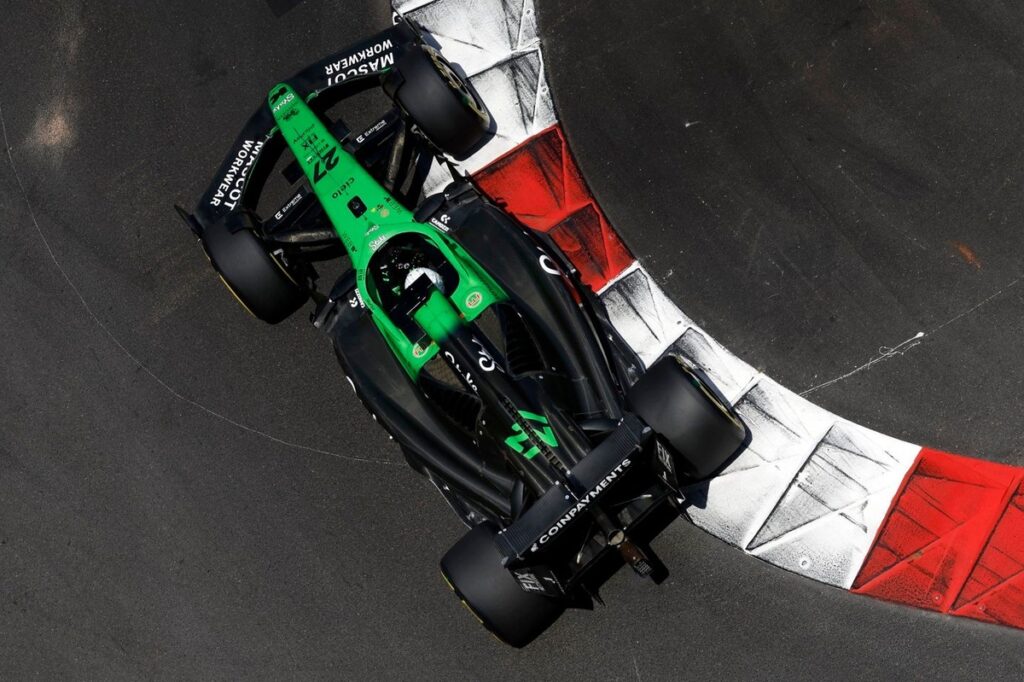A Pivotal Year for Sauber and the Future of Formula 1 Power Units
The upcoming year is poised to be a transformative period for the Sauber F1 team, as it prepares to navigate the sweeping overhaul of technical regulations set for 2026. This season marks the dawn of a new era, with the team positioning itself at the forefront of innovation as it transitions into Audi’s official manufacturing partner. Audi’s entry into Formula 1 will bring a fresh perspective to engine development, although team principal Mattia Binotto cautions that their power units may not immediately dominate the grid.
The 2026 Regulatory Shift: What Changes Are Coming?
In 2026, Formula 1 will implement a comprehensive set of rules aimed at making the sport’s cars more agile and environmentally sustainable. These regulations will introduce new engine concepts designed to enhance performance while significantly increasing the role of electrical energy in race strategies. The goal is to make the sport more exciting for fans and more aligned with global sustainability efforts.
One of the key changes involves a more balanced power distribution between internal combustion engines (ICE) and electric components, with a 50-50 split in energy output. The complex MGU-H system, which recovers thermal energy from the exhaust gases, will be phased out, and all teams will be required to operate on 100% sustainable fuels. These modifications are expected to reshape the competitive landscape, offering new opportunities for innovation and differentiation among manufacturers.
New Entrants and Competitive Dynamics
The 2026 regulations are also opening the door for new engine manufacturers to enter the sport. Audi and Ford, through their partnership with Red Bull Racing, are preparing to debut their power units in the upcoming season, with Cadillac set to join the fray in 2029. This influx of new competitors is expected to intensify the battle for supremacy, as teams will have the freedom to choose their fuel sources-ranging from synthetic e-fuels to biofuels-adding another layer of strategic complexity.
Audi’s parent company, Volkswagen Group, has a notable history with sustainable fuels, investing heavily in e-fuel technology through its Porsche brand. The company’s Chilean-based project, launched in 2023, aims to produce synthetic fuels that could give Audi a competitive edge in the new era. This strategic focus on alternative fuels underscores the importance of fuel technology as a potential differentiator in 2026.
The Challenge of Developing Next-Generation Engines
Binotto emphasizes that designing these advanced power units is a far more intricate task than many spectators might realize. Having previously worked on hybrid engines during Ferrari’s 2014 transition to V6 hybrid powertrains, he recognizes the complexity involved. The new regulations demand a level of technological sophistication that has never been seen before, requiring a cultural shift within engine development teams.
“Creating these power units involves a level of complexity that surpasses previous generations,” Binotto explains. “We are entering uncharted territory, and this will require a fundamental change in how we approach engine design and manufacturing. It’s not an easy task, but it’s the right direction for the sport’s future.”
The Potential for Dominance and the Risk of Surprises
While Audi’s entry is highly anticipated, Binotto admits that the landscape remains uncertain. Historically, the introduction of hybrid technology in 2014 shifted the championship in favor of Mercedes, which had already made significant progress in hybrid development. There is a concern that a similar scenario could unfold again, with a team like Mercedes potentially gaining a substantial advantage if they capitalize on the new regulations early.
“Back in 2014, Mercedes’ early adoption of hybrid technology gave them a clear edge,” Binotto recalls. “There’s always a risk that one team will leverage these changes more effectively, potentially leading to a period of dominance. We must be prepared for that possibility.”
Fuel Innovation as a Key Differentiator
One of the most intriguing aspects of the 2026 regulations is the emphasis on fuel technology. Teams will have the opportunity to innovate with alternative fuels, which could become a critical factor in performance. Binotto highlights that fuel choice may evolve into a defining element of competitiveness, with some manufacturers investing heavily in sustainable fuel research.
Volkswagen’s commitment to e-fuels, particularly through its Porsche division, exemplifies this trend. The company’s ongoing projects aim to produce synthetic fuels that could revolutionize racing and reduce carbon emissions, aligning with global efforts to combat climate change. Such advancements could give Audi and other manufacturers a strategic advantage in the new era.
The Road Ahead: What to Expect in 2026
Although the full impact of these changes will only be visible once the lights go out at the first race of the 2026 season, it’s clear that this period will be a turning point for Sauber and the sport as a whole. The team’s history dates back to 2008 when it competed under the BMW banner, marking a legacy of innovation and competition.
As the sport prepares for this new chapter, all eyes will be on how manufacturers adapt to the evolving technical landscape. The 2026 season promises to be a fascinating contest of engineering prowess, strategic ingenuity, and sustainability commitment-setting the stage for a new era of Formula 1 racing.
Further Reading:

